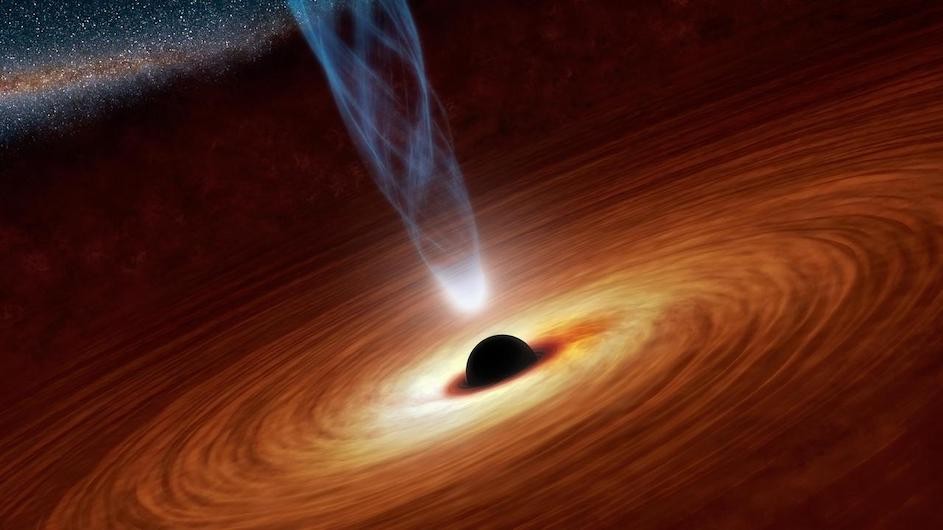Yuri Levin, a professor of physics, and Lorenzo Sironi, a professor of astronomy, will serve as investigators for a new research group focused on deepening scientific understanding of extreme astrophysical environments. The collaboration will study black holes and neutron stars, which feature the strongest electromagnetic fields, the deepest gravitational potential, the highest densities, and the fastest outflows of matter and energy of any objects in the known Universe. Many recent astronomical discoveries about black holes and neutron stars are of great interest for physicists because these objects’ extreme environments test the limits of how physics works.
Professor Levin, a lead investigator, will focus on magnetars, dense neutron stars with extremely strong magnetic fields that display an extraordinary amount of activity. Professor Sironi, a co-investigator, will focus on black holes that emit pencil-like outflows of energy and matter at speeds that approach the speed of light. More than a dozen universities are involved in the collaboration; Columbia and the University of Wisconsin–Madison are the only universities with two investigators.

